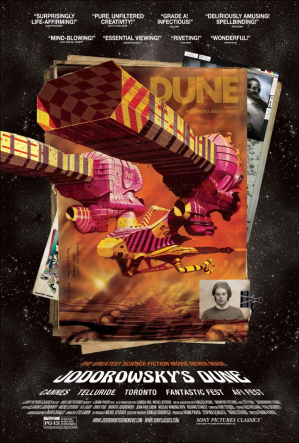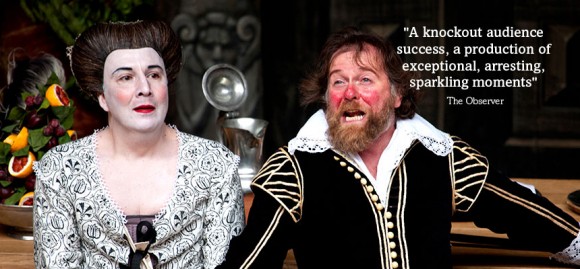Here at Laemmle Theatres we take a lot of pride and pleasure in showing many feature documentaries, but it’s extra sweet every February when we can feature the focussed, concise brilliance of the Oscar-nominated short documentaries. We open the program of five films on Friday, January 30 at the Music Hall and February 7 and the Playhouse 7 and Claremont 5. The nominees are:
JOANNA (Aneta Kopacz) – 40 minutes/Poland/Polish. With great visual poetry, JOANNA portrays the simple and meaningful moments in the life of her family. Diagnosed with an untreatable illness, Joanna promises her son that she will do her best to live for as long as possible. It is a story of close relationships, tenderness, love and thoughtfulness.
CRISIS HOTLINE: VETERANS PRESS 1 (Ellen Goosenberg Kent and Dana Perry) – 39 minutes/USA/English. The timely documentary CRISIS HOTLINE: VETERANS PRESS 1 spotlights the traumas endured by America’s veterans, as seen through the work of the hotline’s trained responders, who provide immediate intervention and support in hopes of saving the lives of service members.
OUR CURSE (Tomasz Sliwinski and Maciej Slesicki) – 27 minutes/Poland/Polish. OUR CURSE is a personal statement of the director and his wife, who have to deal with a very rare and incurable disease of their newborn child – the Ondine’s Curse (also known as CCHS, congenital central hypoventilation syndrome). People affected with this disease stop breathing during sleep and require lifetime mechanical ventilation on a ventilator.
WHITE EARTH (J. Christian Jensen) – 20 minutes/USA/English and Spanish. Thousands of souls flock to America’s Northern Plains seeking work in the oil fields. WHITE EARTH is the tale of an oil boom seen through unexpected eyes. Three children and an immigrant mother brave a cruel winter and explore themes of innocence, home and the American Dream.
THE REAPER (La Parka) (Gabriel Serra Arguello) – 29 minutes/Mexico/Spanish. THE REAPER: Efrain, known as the Reaper, has worked at a slaughterhouse for 25 years. We will discover his deep relationship with death and his struggle to live.
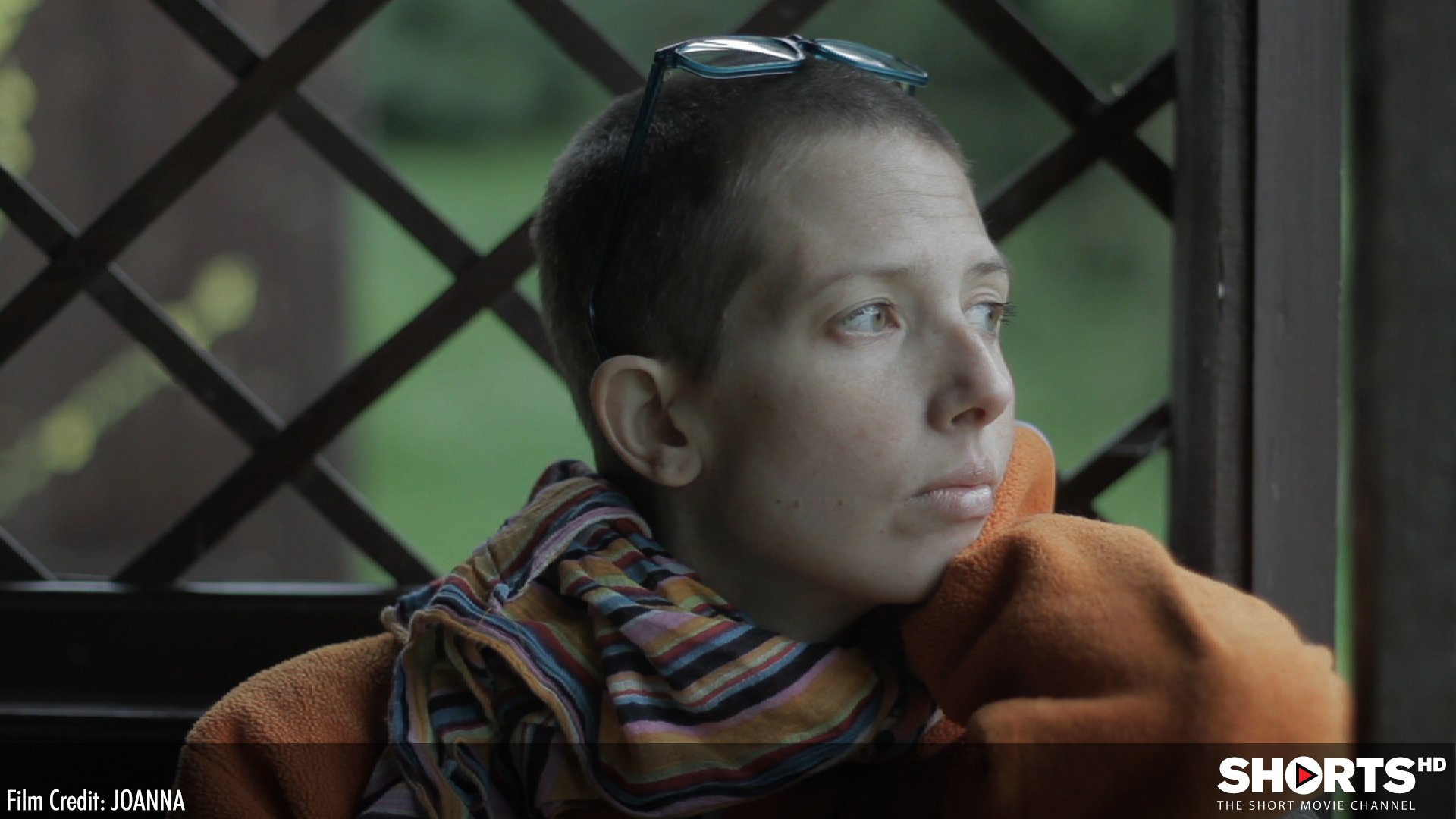

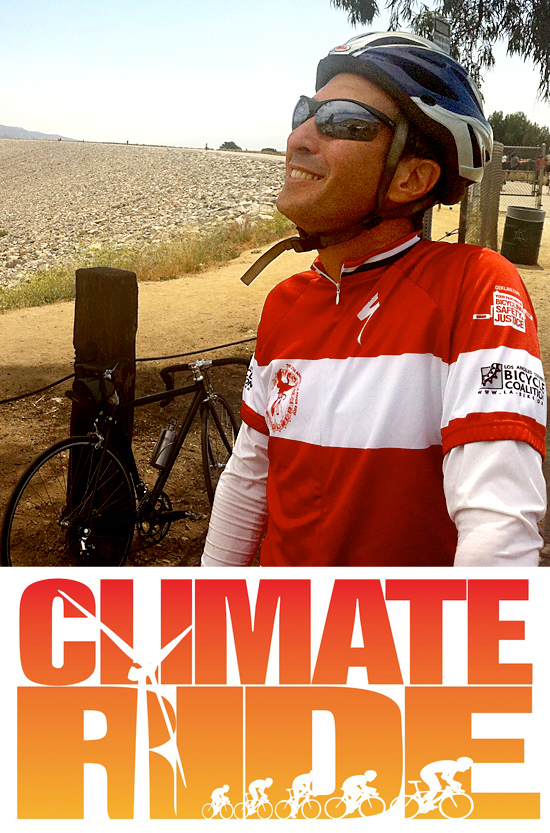
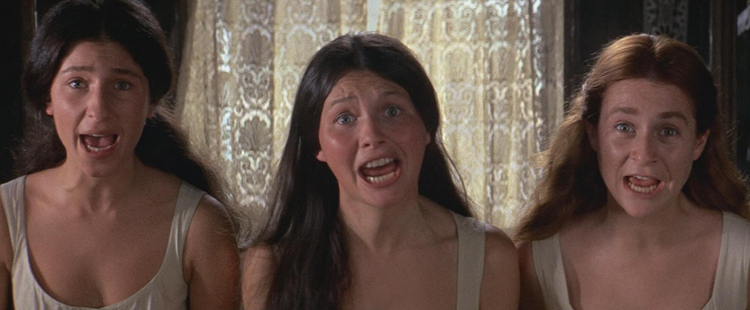
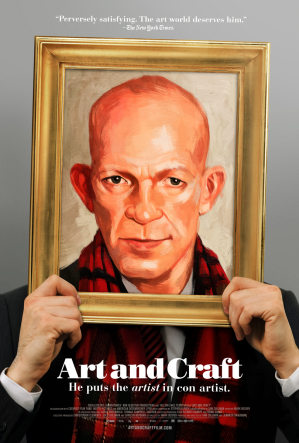 The Academy’s Documentary Branch narrowed the field to 15 from 134 submissions. While we’ve already screened many films, some are still in theaters, and five will play as morning shows over the next few weeks. By the time nominations are announced, every film on the shortlist will have played at one or more of our theaters… for those keeping track! For those not located near our theatres, thankfully, a few streaming sites are showing some of these films. However, there are usually different location restrictions on some of these sites, such as Netflix. Of course, one of the most common ways to watch films that are restricted is by purchasing a VPN. Some are better than others, but there are reviewing websites online allowing users to
The Academy’s Documentary Branch narrowed the field to 15 from 134 submissions. While we’ve already screened many films, some are still in theaters, and five will play as morning shows over the next few weeks. By the time nominations are announced, every film on the shortlist will have played at one or more of our theaters… for those keeping track! For those not located near our theatres, thankfully, a few streaming sites are showing some of these films. However, there are usually different location restrictions on some of these sites, such as Netflix. Of course, one of the most common ways to watch films that are restricted is by purchasing a VPN. Some are better than others, but there are reviewing websites online allowing users to 